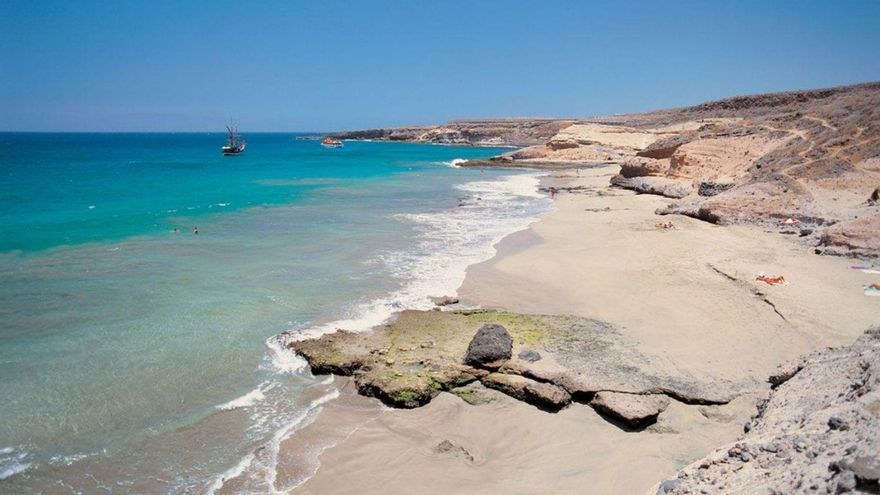
Restore the ecosystems of the Parque Nacional del Teideto reform the Site of Scientific Interest of La Caleta de Adeje and to increase the means of the fight against fires forestry. are the main projects to which the Cabildo will allocate 6.3 million euros. The Island Government Council, led by the new president of the Cabildo, the nationalist Rosa Davilagave the go-ahead to the collaboration agreements with the Ministry of Ecological Transition and Fight against Climate Change of the Government of the Canary Islands and to other actions, totaling seven projects, to improve the island’s environment. These are the plans for this line of public financing.
The Teide. The main shipment will go to Teide, the Most visited National Park in Spain, with more than four million people a year. The budget is exactly 3.7 million euros. Among the plans planned at the top of Spain is the improvement of the summit broom through fencing. The Teide broom (Spartocytisus supranubius) is a shrub with a broad, rounded crown that can reach three meters in height, with very aromatic white and pink flowers. It is an endemic species of the summit of Tenerife and also from La Palma, which produces a highly valued honey in gastronomy.
There will also be money for eradication of introduced herbivores, mainly mouflon and rabbit, and the adaptation of the car parks of La Roulette and the Cañada Blanca Visitor Center. Likewise, it will invest in the eradication of exotic flora and the restoration of the cedar forest (Juníperos Cedrus). The Canarian cedar is a species of Canary Islands and Madeira. Recent studies have shown the longevity of some specimens found in the National Park. On November 23, 2021, the study was published in a scientific journal showing that Bárbol, a Teide cedar discovered by the biologist of the José Luis Martín Esquivel National Park, is the longest-lived specimen of Europe.
The investigation led by his partner José Miguel Olano determined that he is at least 1,481 years old, since he was born in 541. However, the best known is the Patriarch, who is over 1,100 years old. The cedars of the Park have been able to overcome five volcanic eruptions in the last 500 years, continuous rockfalls, and even so they have been able to develop in an arid and cold climate, with hardly any soil.
Cove of Adeje. Another important item will go to the restoration of the Site of Scientific Interest of La Caleta de Adeje. In this space we find sea cliffs, beaches, ravines, agricultural areas and degraded hills, where the plant communities must adapt to the conditions of precipitation, insolation and high salinity to develop in optimal conditions. Among the flora, the sweet tabaibas, the cardonales and communities of balos stand out. There are also sites of archaeological interest.
Fire reinforcement and other initiatives. The total package of 6.7 million also includes the reinforcement of fire-fighting means. Specifically, the supply of forest fire trucks is contemplated to fight the fires in the bush. Another project included in this line of financing is the recovery and protection of vegetation along roadsides by installing metal and wooden barriers. The routes are the TF-21 from La Orotava, the TF-24 to La Esperanza and the TF-38 from Boca Tauce, in the Teide National Park, to Chío.
















